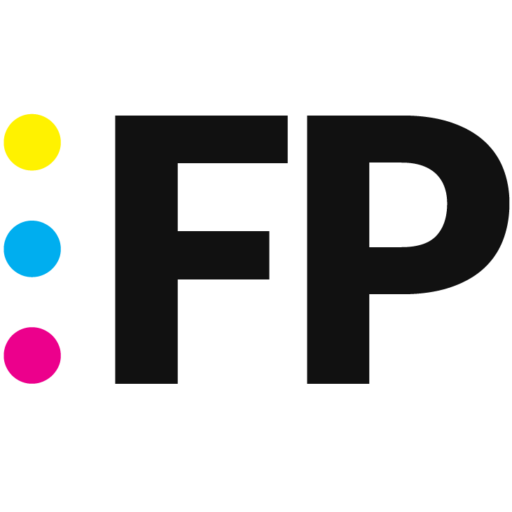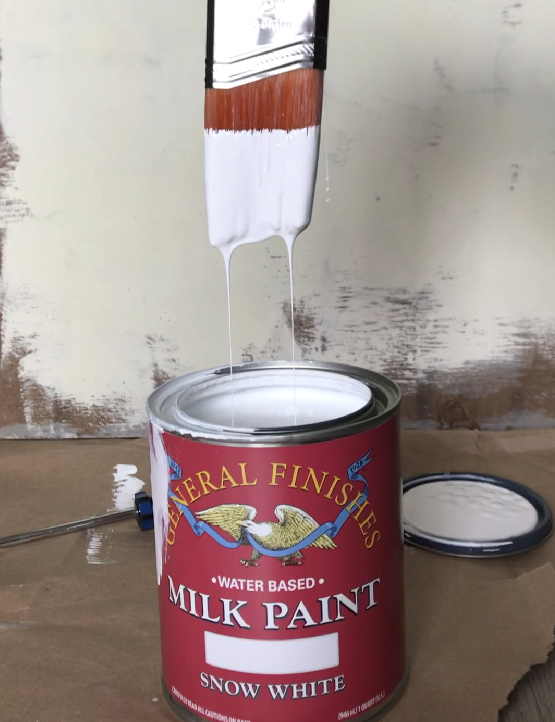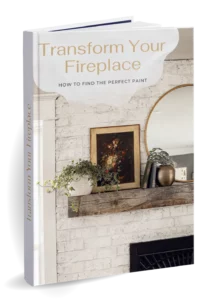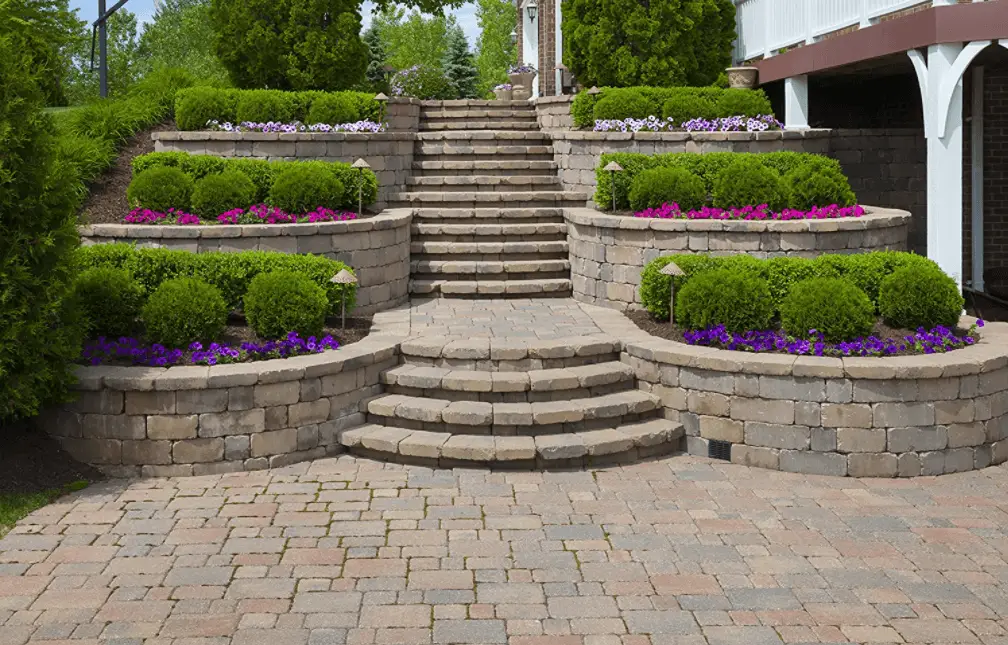Anyone who has worked with true milk paint knows it’s not as simple as opening up a can of paint. True milk paint comes in powdered form that needs to be emulsified into water, and this hand-mixed paint spoils quickly so it has to be used almost immediately.
However, true milk paint enthusiasts think the unique finish milk paints give are worth the hassle. Milk paint is uniquely chippy unlike the distressed finish chalk paint gives.
I recently came across the General Finishes milk paint product. It claims to be a milk paint that comes ready to use and is shelf stable. This would certainly make using milk paint a lot easier. However, does using this product sacrifice the beautiful finish a true milk paint gives?
I tested the product to get a sense of the finish it provides and its similarity to milk paint. Honestly, I was pretty disappointed. If you’re looking for a true milk paint finish, I recommend a true milk paint sold in a powdered form.
However, the General Finishes milk paint isn’t a bad paint product; it just isn’t milk paint. If you’re interested in the type of finish you can get with this product or in how different it is from a milk paint, the research below will be helpful to you.
Coat #1
Page Contents
Immediately upon opening the can, I realized that the paint was much thicker than milk paint. The thickness of the paint plays a major roll in the finish, strength of the paint, and coverage.
While chalk paint is self-leveling, milk paint will usually show some of your brush strokes. That is part of the traditional milk paint look. However, there is a big difference between seeing brush strokes in a thin paint and brush strokes in a thick paint.
As you can see in the closeup to the right, the paint is INCREDIBLY streaky. It rapidly dries to a smudg-y state, which means you have to be careful not to go back over previous brushstrokes.
This is very different from the brushstrokes you can see in a milk paint, which are far more subtle and have an old-world look not a badly-painted look. The paint does have good adhesion to the board I was using, but the thickness of the paint made it unpleasant to work with.
I’ve heard that this paint applies like butter, and I could see that being the case on a super smooth surface. However, on the rougher surface of the board I used, it was very unpleasant to work with.
That being said, the brush you choose to use can have a big impact on the paint. If you have a brush you know works really well with thicker paints, you might enjoy working with this more than I did.
Coat #2
Another side effect to thicker paint is a longer dry time. I had to wait a full two hours between coats of paint. This made the whole painting process pretty cumbersome–I had to clean up all my tools in between coats while I waited for the finish to dry.
I had some hopes going into the second coat that it would smooth out some of the original brushstrokes, but this was not the case. The second coat was just as bad.
Compare the beautiful and old-world look of the dresser on the left (taken from The Real Milk Paint Co.’s gallery) to the glob-y streaks in the General Finishes milk paint on the right.
I highly recommend checking out more of the gallery on The Real Milk Paint Co.’s website to see more beautiful examples of true milk paint.
Coat #3
Overall, I think most white paints applied to a dark board are going to have trouble getting really good coverage. That being said, I was surprised that not even three coats of this paint gave me good coverage. This isn’t necessarily a huge negative; it was just surprising.
Take a look at this closeup of the fully dry three coats of paint and the broader shot to its right. I do like buildable coverage in milk paints, but I personally would have preferred to see full coverage after three coats of this thick paint.
As for the finish itself, it is exceptionally glossy. Milk paint isn’t always as matte as chalk paint, but I haven’t seen a milk paint with this glossy a finish before.
Final Thoughts
Just examining this paint as it stands on its own, it is thick with buildable coverage, has strong adhesion, has a glossy finish, and is not self-leveling. It is pretty strong and not easy to distress.
Comparing it to milk paint, however, it really doesn’t hold up. Milk paints are thin with an elegant satin or matte finish. They chip naturally to give a distressed look to a piece. The General Finishes milk paint is none of these things.
The small convenience of having a premixed paint is not worth all the differences between this paint and a true milk paint. If you’ve worked with this paint or other milk paint brands, leave a comment with your experiences below!





